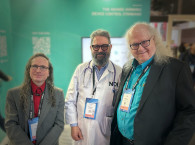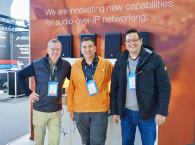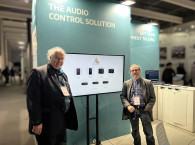Audio over IP (AoIP) has proven to be a transformative technology paradigm. As studios and broadcasters replace previous audio transport interfaces with IP-based solutions, they benefit from the IP network topology. The flexibility introduced through these network structures has inspired countless audio and broadcast professionals worldwide, with some characterizing AoIP as “profound” and “revolutionary.”
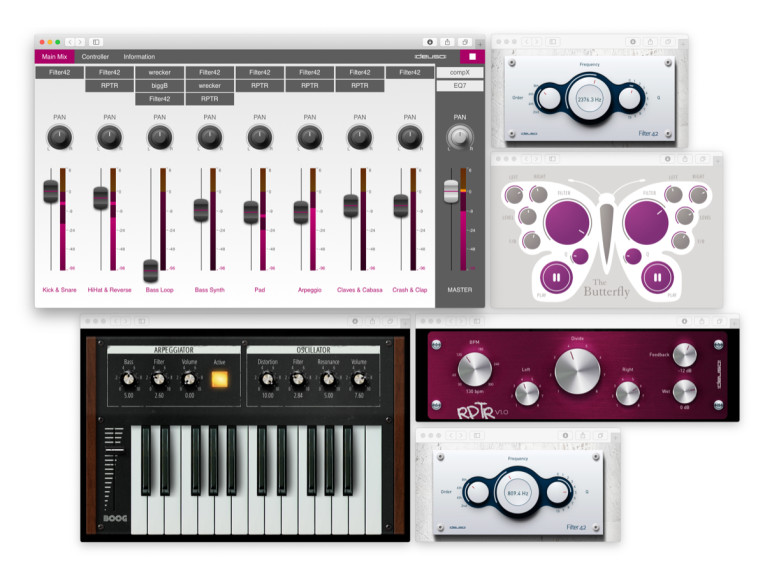
Got Control? Field Trip to Redmond, WA
Recently, this topic was explored at Microsoft Production Studios. Late in 2016, lead engineer John L. Ball had completed the transition to AoIP utilizing equipment enabled by Audinate’s Dante solution. Ball was looking for ways to more effectively wield the flexibility that the Dante solution had delivered. So he approached a likely bunch of companies, members of the Open Control Architecture (OCA) Alliance, asking, “You guys are working on interoperability, how can I get better interoperable control of our AoIP devices?”
Our initial introduction to the studio complex in Redmond, WA made us think about alternative ways to approach control of large networked AoIP systems and devices, utilizing the web browser as a platform to deliver unified control interfaces. In conjunction with Yamaha Corp. and with the Manager of Audio Product Development Division at the time, Hiroshi Hamamatsu, our team formulated a project plan for a fully functional prototype to prove our newly fueled R&D concepts. This project was code-named Cabasa and a fully functional prototype was eventually delivered over a three-day workshop at the Microsoft campus in Redmond late 2017.
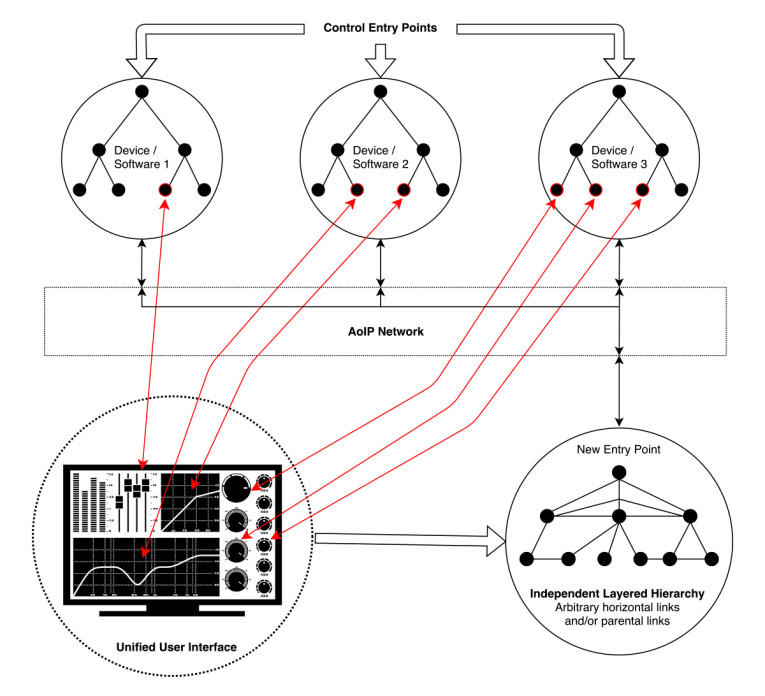
A number of the underlying features introduced through Cabasa are explored in the following sections. Academic ideas concerning complexity, flexibility and controllability, the importance of standards based technologies as well as UX and user-centered design all help formulate strategies for enhancing interoperability. These aspects are important for commercial imperatives intent on finding additional efficiencies in organized studios or broadcast operations.
Continue to read the complete article here.
This article was originally published in audioXpress, July 2019.





